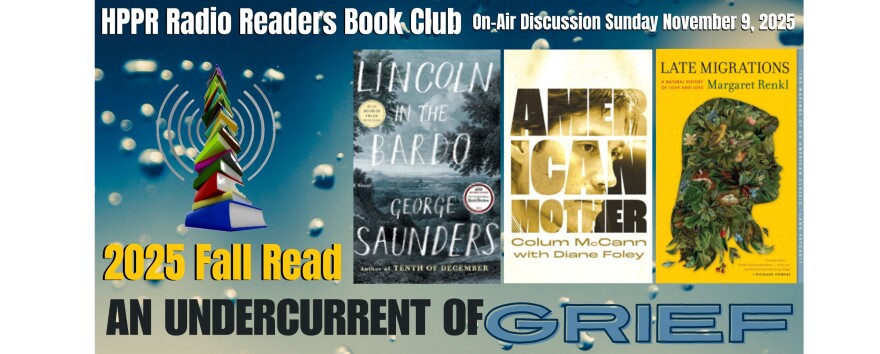Hello, Radio Readers; this is Kim Perez, and I am coming to you from Hays with a Book Byte for HPPR. The discussion this month centers around the three-book series, March, by John Lewis, Andrew Aydin, and Nate Powell. This series tell the story of critical moments of activism during the Civil Rights Movement from the perspective of one person who participated in them, Congressman John Lewis.
Book One is about Lewis’s formative years and his participation in the Nashville Student Movement that staged lunch-counter sit-ins at downtown Nashville stores in an effort to desegregate the lunch counters. Book Two picks up where Book One left off with the lunch counter protests and continues with the efforts of the Freedom Riders to bring attention to the imposed segregated seating on busses in the south, the March on Washington in 1963, and ends with the Sixteenth Street Baptist Church Bombing by white supremacists, that took the lives of four young innocent girls. Book Three finished this remarkable journey through the Civil Rights Movement and recounts the efforts to register Black voters in the south, the March on Selma, and culminated with the signing of the 1965 Voting Rights Act.
These books are an important retelling of a powerful moment in time. There is so much history here and it is recounted through words and images that strikingly captures the struggle and emotion in a way that a traditional history book cannot. And despite the abundance of important history in these books, I kept returning to the opening pages of Book One about Lewis’s early life on his family farm….and his love of chickens. Yes, you heard right….chickens.
Apparently, Lewis loved to talk about his chickens and if you look up picture of him in his congressional office, he had chicken figurines on walls and tables. He explains in the book that as a child his parents gave him the task of caring for the family chicken and he quickly developed a deep love and compassion for his flock. He talked to them, named them, befriended them, cared for them, preached to them, and even gave them formal funerals and eulogized them. While he was a farm kid and realized that the family livestock were also their source of food, he avoided in silent protest meals in which one of his beloved chickens was served; this act of quiet defiance was his first act of non-violent protest, which became a defining characteristic of the Civil Rights Movements.
He admitted that he didn’t have the same affection for other animals on the farm—so why did he care so much for his chickens? Perhaps it was because he was given responsibility for their well-being? Or he recognized that they were fellow beings that deserved compassion? He later accepts that their eventual death was a part of the cycle of life, but I can’t help but think that this deep compassion for his fellow feathered beings must have influenced his desire to fight for justice for his human fellows. To have compassion requires empathy. And there is research that demonstrates a link between empathy and activism. In children’s environmental literature, often the animals are anthropomorphized because extending empathy and compassion is easier when you can see similarities. Historically, Africans and African Americans have been dehumanized for a long time because it was easier to possess and harm something that is considered inferior. But one of the fundamental principles that the freedom fighters learned was to remind their attackers of their shared humanity, with the hope that the attackers would extend empathy and compassion. Lewis’s extreme compassion for his avian flock ensured that he was the perfect person to lead the march toward freedom, justice, and equality. And these books will inspire others to follow in his footsteps.
Thanks for listening. This is Kim Perez, and you are listening to the High Plains Public Radio’s Radio Reader’s Book Club.









